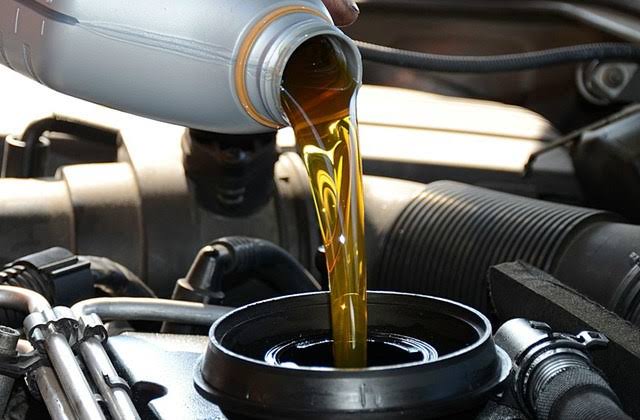Basic Automotive Parts That You Must Know



Whether you already own a car or you are just a commuter who uses the service of Taxify, Uber, In-Drive e.t.c daily. Having basic knowledge of cars and some of its engine components is of importance as Cars have a very active role in our everyday lives.
We use them to move from point A to point B on a daily basis. Yet many of us seem to take for granted the reality of the situation, given the fact that at any time, a car can and will break down.
Here is a list of car basic parts you should know
• Battery
The battery in your car is an important component. Without it, your vehicle would not start since it supplies the electricity required to power and start the engine.
Batteries may be recharged and are linked to automotive equipment such as lights and radios. When your engine is turned off, turn off your radio and lights; otherwise, they will deplete your battery if left on for too long. A battery is normally found beneath the hood of a car, and it’s best to inspect it every six months to a year to determine whether the terminals need cleaning.
• Brakes
Another important component to maintain is the brakes since your car will not be able to stop without them. Most contemporary vehicles feature a hydraulic braking system in which the force applied to the brake pedal aids in applying brake power. If you hear a squeaky noise when you press the brake pedal, it’s time to replace your brake discs and pads. Due to the high temperatures, the padding on the pads may have begun to wear away and/or the discs may have begun to come apart. It is always preferable to be safe than sorry!
• Radiator
Well, the radiator prevents overheating by cooling the engine. It is placed near the car’s engine and will require sufficient coolant in order to avoid overheating.
The coolant will circulate throughout the car, collecting heat and transporting it away from the car engine to the radiator.
Then, the hot air will pass through the radiator’s fins, cooling and dispersing it. If your four-wheeler overheats, it’s most likely due to a faulty radiator. It is one of the main parts of a car.
• Pistons
When it comes to dealings with fuel explosions in the combustion chamber, pistons help deliver power to the tyres, allowing the four-wheeler to drive. Cars feature four to six pistons that move up and down in the shape of cylinders.
The more revolutions your four-wheeler has, the faster your pistons move. However, it’s vital to realise that high speeds can harm pistons, leading them to wear out faster and get unclean. It is one of the main parts of a car, particularly the engine.
• Muffler
The muffler is part of your four-wheeler’s exhaust system and helps to decrease engine noise and filter the exhaust air with the help of catalytic converters. It can be found between the engine and the exhaust. If you ever notice any malfunction in the exhaust, get your bike car checked because delayed actions can lead to expensive repairs.
• Catalytic Converter
Well, a catalytic converter filters out dangerous pollutants, allowing your four-wheeler to emit just carbon dioxide and water, making it more ecologically friendly.
Catalytic converters are made to last and seldom need to be replaced. However, depending on the age of the vehicle, it might get damaged or clogged at times. If you suspect your catalytic converter has a problem and it has triggered a light on your dashboard, it’s always best to replace it, but remember to instal it as soon as you have the replacement.
• Air Filters
A four-wheeler has two types of air filters: one to clean the air that enters the car, providing a continual flow of clean air, and another to clean/filter the air in the car’s engine, which requires air for combustion. It is critical to repair defective filters and clean them if they are unclean since debris and dirt can enter the four-wheeler chamber (for cabin air filters) or, worse, obstruct airflow.
• Shock Absorbers
When driving on uneven ground, such as rural roads, shock absorbers are required to preserve your wheels’ hold on the road. They make your ride smoother by absorbing the vibrations created by driving.
Shock absorbers or shockers are positioned beneath your car and must be checked while repairing your vehicle because if they do not absorb bumps adequately, your four-wheeler may collide with the ground, causing damage.
• Alternator
Well, the alternator supplies power to the vehicle’s electrical system, charging the battery while the vehicle is in motion and converting mechanical energy into electrical energy.
This is why, as previously said, leaving your lights or radio on when your car isn’t running will destroy the battery. If you’re having problems with your car battery, be sure whether it’s not the alternator or both.
Now you know the basics.